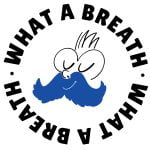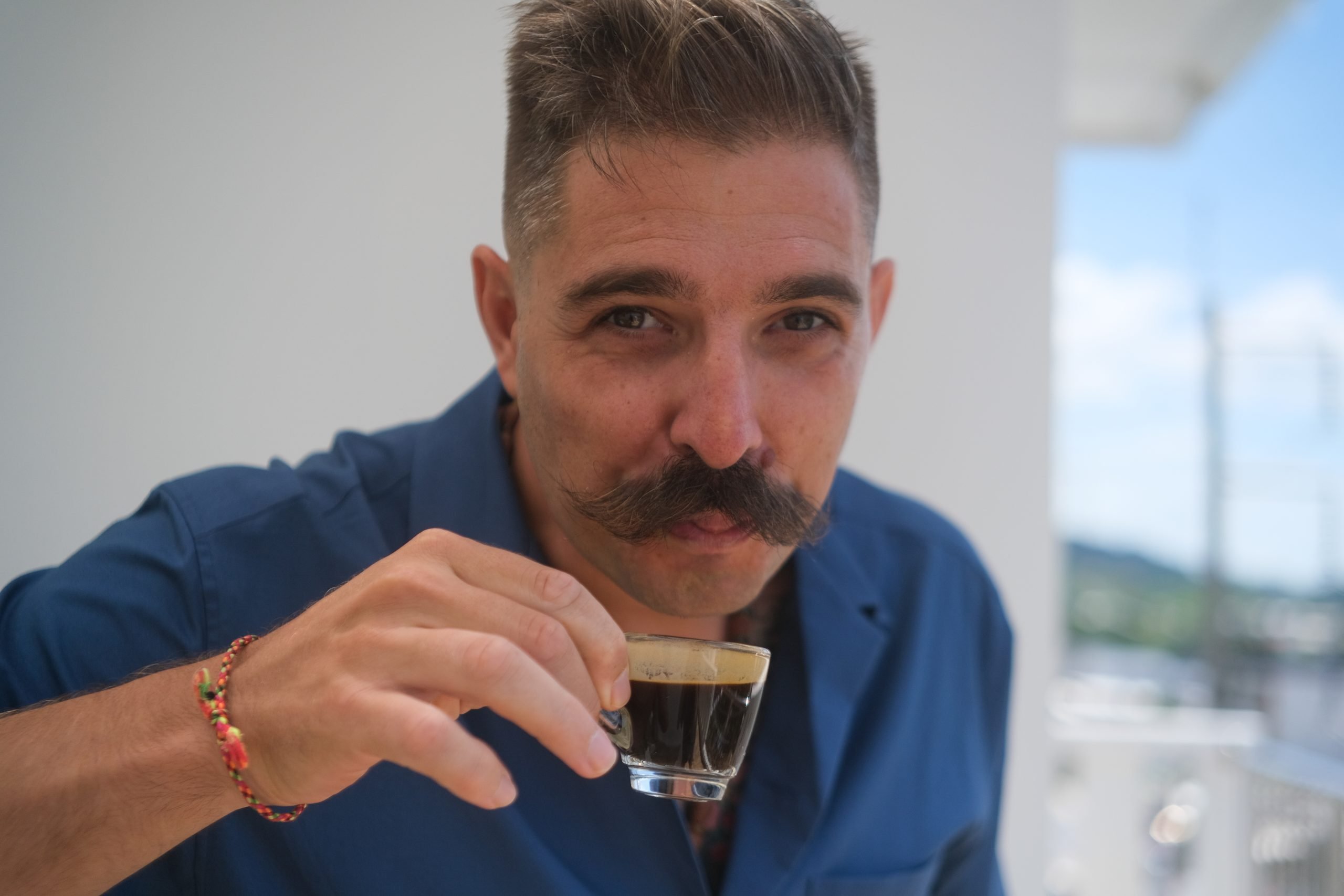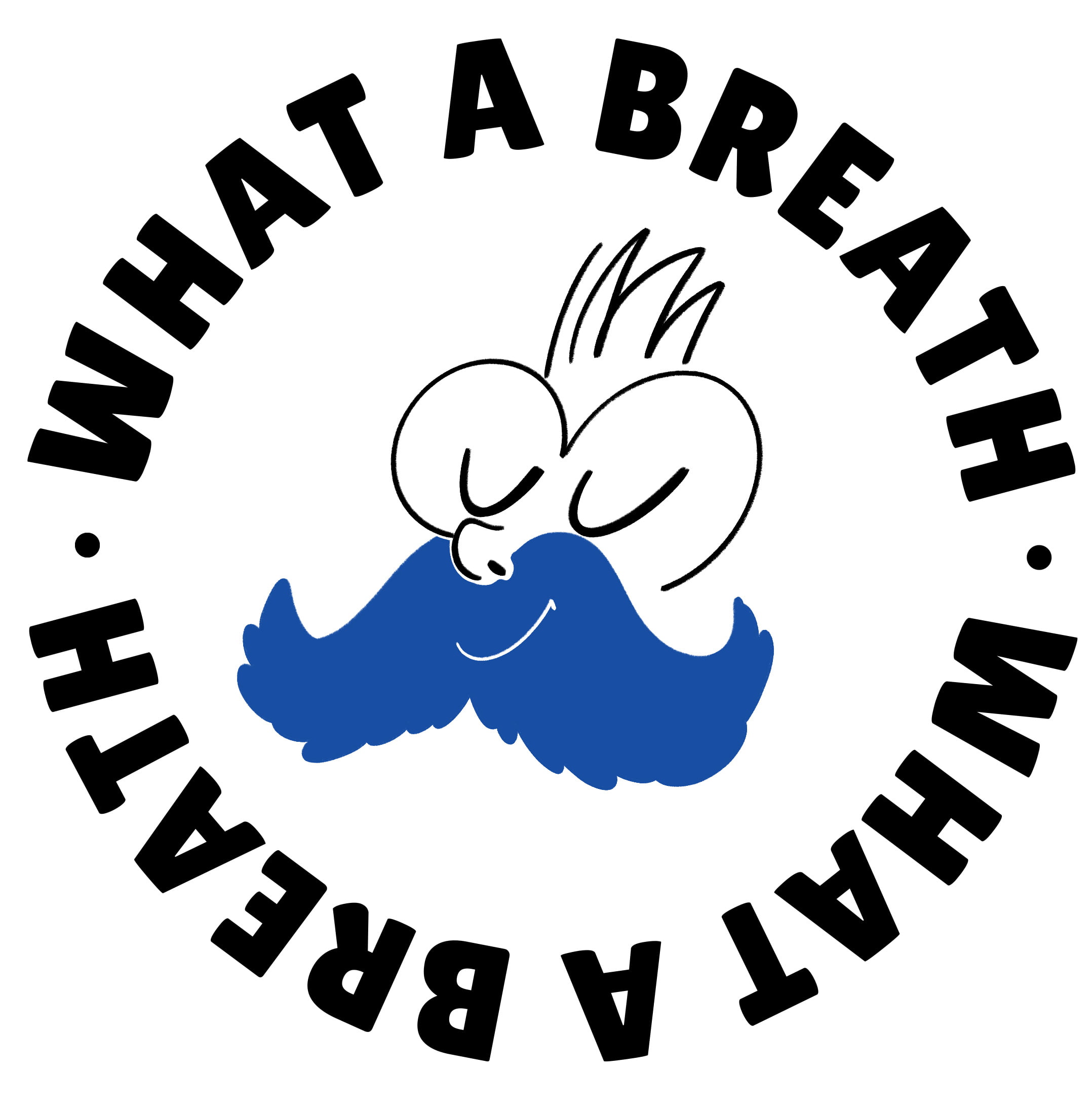Breathing is something we often take for granted. Yet, the way we breathe can make a huge difference to our daily well-being. This is exactly the idea behind the Buteyko Method, a technique that has gained more and more attention in recent years, especially among those looking for natural solutions to issues like anxiety, sleep problems, asthma, and even improved sports performance. But what exactly is the Buteyko Method? And, most importantly, how is it done? Today, I’ll guide you through the principles and secrets of this approach!
A bit of history: who was Buteyko and why is his method so revolutionary
To understand the essence of the Buteyko Method, we need to take a step back to the 1950s in the Soviet Union. Here, Dr. Konstantin Buteyko, a physician and researcher, noticed that many chronic patients, regardless of their illness, tended to breathe too quickly and too deeply. His insight? Breathing “more” doesn’t always mean better oxygenation—quite the opposite! Over-breathing, that is, breathing too much and too fast, can actually reduce the amount of oxygen that reaches the tissues, paradoxically worsening the symptoms of asthma, anxiety, or other respiratory disorders.
From this observation came a totally different approach: learning to breathe less, more calmly and superficially, to restore the body’s natural balance and, as a result, improve health. The Buteyko Method, therefore, is not just a “breathing technique,” but a real re-education of how the body oxygenates and relaxes.
The basics: why “how” you breathe matters more than “how much”
When it comes to breathing, most people believe that filling their lungs as much as possible is always good. The Buteyko Method turns this belief upside down. According to Dr. Buteyko, the key to healthy breathing isn’t in the volume of air, but its quality and especially its frequency. A slow, silent, mainly nasal breath creates an optimal balance between oxygen and carbon dioxide in the blood. The latter, often demonized, actually has an essential role: it helps oxygen detach from hemoglobin and reach where it’s needed most—the tissues and organs.
Learning to tolerate slightly higher levels of carbon dioxide, according to Buteyko, leads to greater efficiency in the body, better control of asthma attacks, and a reduction in stress and anxiety. This is where the daily practice comes in, working precisely on these aspects.
Practically speaking: how to do Buteyko breathing step by step
The core of the Buteyko Method is daily training to breathe less, better, and more consciously. Usually, you start with very simple exercises you can practice anywhere, without any special equipment or settings. The goal is to “retrain” the body to breathe mostly through the nose, keeping the mouth closed even during sleep, and to gradually reduce the amount of air taken in with each breath.
One hallmark exercise is the so-called “control pause.” This means sitting comfortably, relaxing your whole body, and taking a normal breath, gently exhaling. Then you hold your breath, timing the seconds until you feel the first slight urge to breathe. This simple measurement helps you understand your “carbon dioxide tolerance” and monitor your progress with regular practice.
Over time, and with guidance from a qualified instructor, you’ll also work on exercises to reduce your breathing rate throughout the day, improve posture, and develop more awareness of your habits. The benefits are seen not only in those with breathing issues but also in anyone seeking greater focus, energy, and general well-being.
When the Buteyko Method can make a difference
You might be wondering whether this technique is right for you. The truth is, anyone can benefit from the Buteyko Method, but it’s especially indicated for those suffering from asthma, chronic rhinitis, snoring, sleep apnea, anxiety, stress, and chronic fatigue. Many professional athletes also use it to improve endurance and physical performance.
There are countless testimonials from people who, after just a few weeks of practice, have needed less asthma medication, started sleeping better, and felt more energetic in everyday life. However, it’s important to remember that the Buteyko Method does not replace medical treatment but can be a valuable support to integrate into your health journey, always with your doctor’s advice.
Tips for starting and useful resources
Approaching the Buteyko Method may feel strange at first, especially if you’re used to deep breathing or intense sports. The secret is consistency: even just a few minutes a day of breathing exercises can make a big difference in the long run. If you want to try the method safely and with a personalized approach, I suggest seeking out a certified instructor who can tailor the exercises to your specific needs.
here are plenty of videos, tutorials, and courses online, but nothing beats interacting with an expert, especially if you have particular health conditions. On What a Breath you’ll also find more resources and insights to guide you on this journey toward mindful breathing.
Breathing as a wellness ally
In a world that constantly pushes us to rush, learning to breathe more calmly, deeply, and consciously can become a truly revolutionary act. The Buteyko Method teaches us that health isn’t just about what we eat or how much we move, but also—and maybe above all—about how we breathe, every single day.
If you want to take a step further toward your well-being, maybe it’s time to stop, listen to your breath… and be amazed at how much it can change your life. Follow me on IG for other tips on how to breath well!






